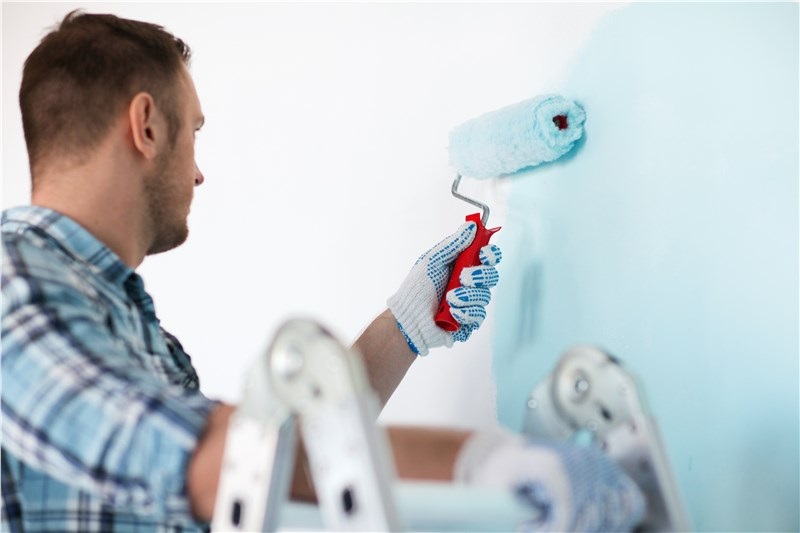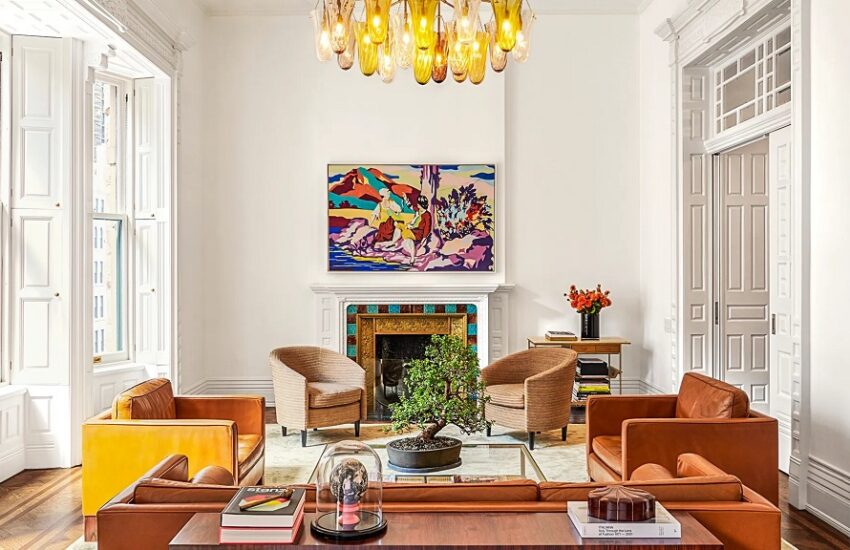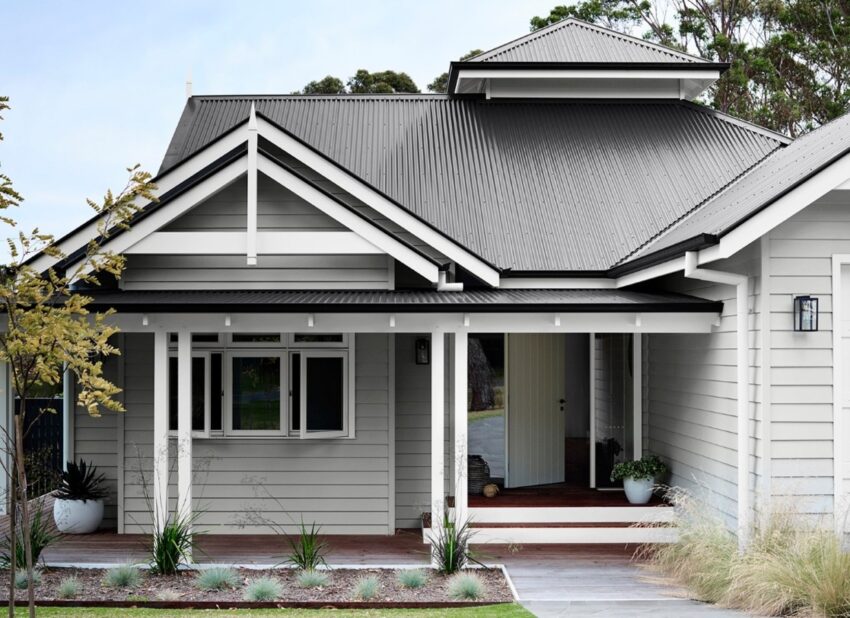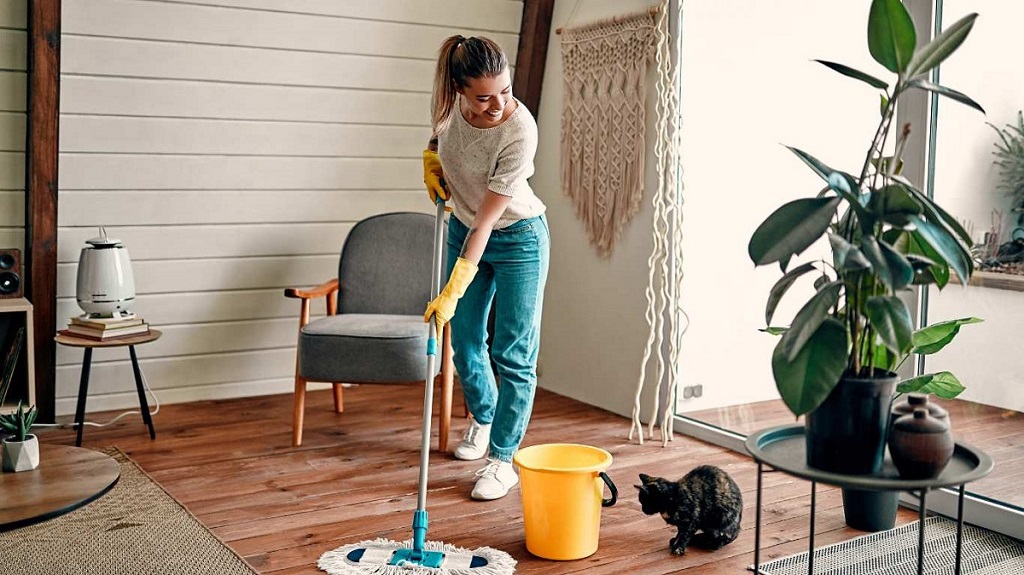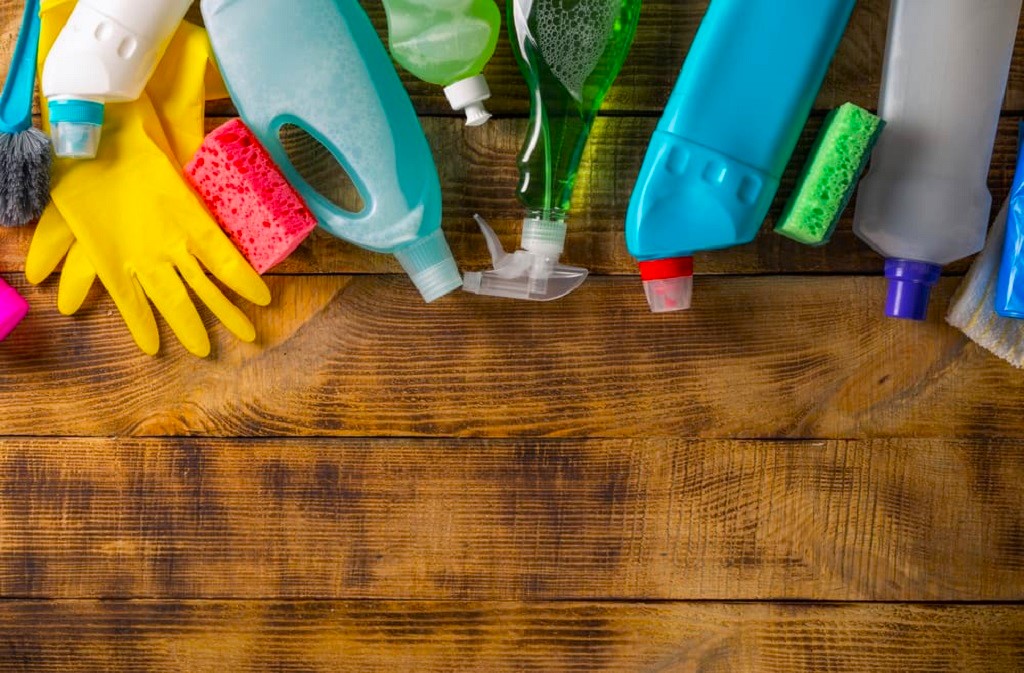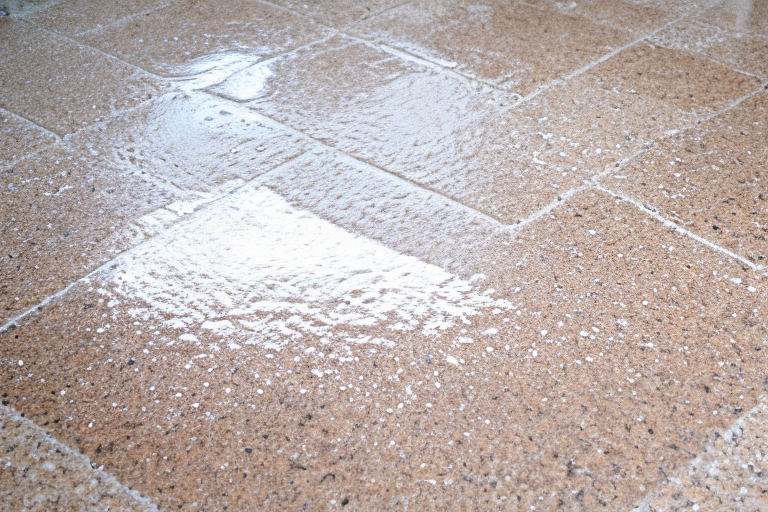Hey there, fellow homeowner! So, you’ve decided it’s time to give your house a fresh coat of paint, but your wallet’s feeling a little light? No worries! You don’t have to break the bank to transform your home’s exterior or interior. With a bit of elbow grease, some smart choices, and a dash of creativity, you can paint your house on a budget and make it look like a million bucks.
Let’s dive right in and explore some practical tips and tricks for your budget-friendly painting adventure.
Plan Your Attack
Before you even think about picking up a paintbrush, take a step back and plan your painting project. Ask yourself these questions: What areas of your house need painting? What colors are you envisioning? What’s your budget? Having a clear plan in mind will save you both time and money in the long run.
Get Inspired
Feeling stuck when it comes to color choices? No problem! Head to your local paint store or browse the endless possibilities online. Pick up some paint swatches or create a Pinterest board filled with color inspiration. Remember, the right paint color can do wonders for your home’s overall look.
Do It Yourself (DIY)
Alright, let’s be real – hiring professional painters can be pricey. If you’re willing to put in the effort, consider doing the painting yourself. It’s a great way to save a significant chunk of change. Plus, you get the satisfaction of saying, “I did that!”
Tools of the Trade
Investing in quality painting tools is crucial for a successful project. But here’s the catch: quality doesn’t always mean expensive. You can find reasonably priced brushes, rollers, and trays that will get the job done without emptying your wallet. Look for deals at your local hardware store or online.
Choose Affordable Paint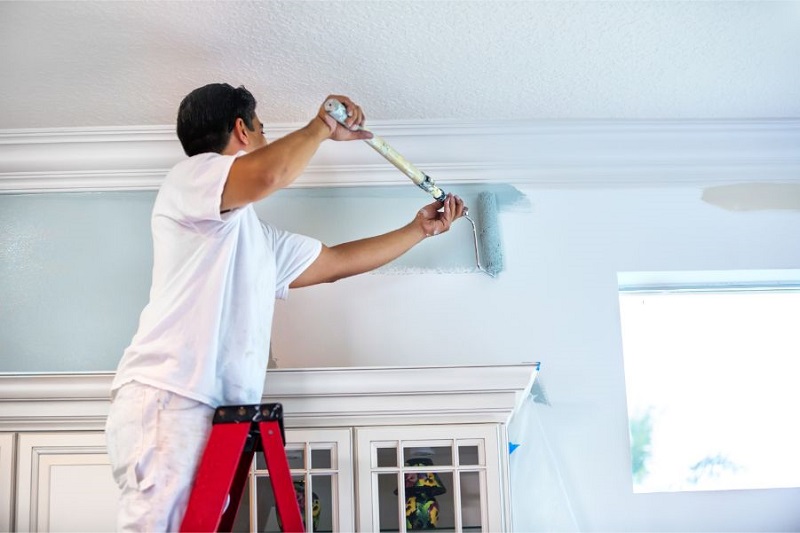
When it comes to paint, you don’t have to splurge on the most expensive brands. There are budget-friendly options that provide excellent coverage and durability. Remember, it’s the technique that matters more than the brand. Look for sales or discounts on paint to save even more.
Prep Like a Pro
Here’s a golden rule in the painting world: prep work is everything! Spend time cleaning, scraping, and sanding your surfaces. Fill in any holes or cracks with putty, and make sure to prime before you paint. Proper preparation ensures your paint job will look professional and last longer.
Time It Right
Don’t rush into painting during extreme weather conditions. Ideally, choose a mild, dry day to start your project. Extreme heat or cold can affect the quality of your paint job. Plus, you don’t want to be sweating or shivering while you work.
Test a Sample
Before you commit to a color, always test a small sample on your wall. Paint can look different on your walls than it does on a tiny swatch. Testing a sample helps you avoid any surprises and ensures you’ll love the final result.
Start Small
If you’re new to painting, consider starting with a smaller room or a less visible area. This way, you can practice your technique and gain confidence before tackling larger, more prominent spaces.
Go Neutral
Choosing neutral colors for your walls not only saves you money but also makes it easier to change your decor in the future. Neutral tones are timeless and versatile, allowing you to switch up your style without repainting.
Paint One Wall as an Accent
Want to add a pop of color without using gallons of paint? Create an accent wall! This is a fantastic way to make a bold statement without breaking the bank. It’s also a great option if you’re unsure about committing to a full room of color.
Borrow or Rent Equipment
If you’re not planning on becoming a professional painter anytime soon, consider borrowing or renting some of the larger and pricier equipment, like a ladder or a paint sprayer. This can save you a significant amount of money.
Don’t Forget the Details
Sometimes, the little things can make a big difference. Instead of replacing all your fixtures and hardware, consider giving them a fresh coat of paint. It’s amazing what a bit of spray paint can do for doorknobs, cabinet handles, and light fixtures.
Recycle and Reuse
Got leftover paint from a previous project? Don’t let it go to waste! Use it as a base coat or for touch-ups. Also, save those old sheets and drop cloths for future painting endeavors – they’ll come in handy.
Declutter Before You Paint
Before you dive into painting a room, take the opportunity to declutter. Remove furniture, decorations, and anything that might get in your way. This will make the painting process smoother and prevent any accidental splatters on your belongings.
Roll with It
Rollers are your best friends when it comes to painting large, smooth surfaces like walls and ceilings. They cover more area quickly, resulting in a more efficient and even paint job. Just be sure to choose the right nap length for your surface texture.
Use Painter’s Tape
Painting near edges, corners, and trim can be a bit tricky. That’s where painter’s tape comes in handy. It provides clean, crisp lines and prevents paint bleed. It’s a small investment that can make a big difference in the overall look of your paint job.
Paint Smartly
When you’re painting, use a “W” or “M” motion. Start at the top and work your way down. This technique ensures even coverage and minimizes streaks and drips. Remember, patience is key.
Take Breaks
Painting can be physically demanding, so don’t forget to take short breaks to rest and hydrate. It’ll help you stay focused and maintain the quality of your work.
Clean Up Properly
Once you’ve finished your masterpiece, don’t neglect the clean-up. Properly clean your brushes, rollers, and trays to extend their lifespan. If you plan to use them again in the future, store them in plastic bags to keep them from drying out.
Ask for Help
Don’t be afraid to ask friends or family for a helping hand. Painting can be a fun group activity, and it’ll get the job done faster. Plus, it’s a great way to bond and share some laughs.
Consider Secondhand Furniture
If you’re redecorating along with your painting project, check out secondhand furniture stores, garage sales, or online marketplaces for budget-friendly pieces. A fresh coat of paint can transform an old piece into something stylish and unique.
DIY Artwork
Want to add some art to your walls without spending a fortune? Create your own artwork! You don’t have to be a professional artist; there are countless tutorials online that can guide you through simple and impressive DIY art projects.
Shop Smart for Decor
When it comes to decor, shop strategically. Check out discount stores, thrift shops, and online marketplaces for budget-friendly decorations and furnishings. You’d be surprised at the gems you can find without breaking the bank.
Maintenance Matters
After all your hard work, make sure to keep up with regular maintenance. Fix any chips, cracks, or peeling paint as soon as you spot them. This proactive approach will save you from having to repaint large areas in the future.
FAQs (Frequently Asked Questions)
Now, let’s tackle some common questions you might have about painting your house on a budget:
1: How can I estimate the cost of my painting project?
- Estimate the cost of paint: Measure the square footage of the area you plan to paint and check the paint can for coverage information. Multiply the square footage by the number of coats needed (usually two), and divide it by the coverage rate per gallon to determine the number of gallons required. Multiply the number of gallons by the paint price per gallon to get your paint cost.
- Add the cost of painting tools and supplies, such as brushes, rollers, trays, painter’s tape, drop cloths, and sandpaper.
- Consider any additional costs for primer, patching materials, or rented equipment.
- Factor in any labor costs if you’re hiring help.
- Don’t forget to budget for unexpected expenses and a little extra for touch-ups.
2: Can I use leftover paint for my project?
- Absolutely! If you have leftover paint from previous projects, check if it’s still in good condition. If it’s not dried out or spoiled, you can use it as a base coat or for touch-ups. Just make sure the color matches your current project.
3: What’s the best way to choose paint colors on a budget?
- Look for budget-friendly paint brands that offer a wide range of colors.
- Consider neutral colors, as they are versatile and timeless.
- Test paint samples on your walls to see how they look in your space before committing to a full gallon.
- Explore online resources and inspiration to find the perfect color for your home.
4: Should I buy or rent painting equipment?
- If you plan to paint regularly in the future, investing in quality tools can be cost-effective in the long run.
- If it’s a one-time project or you have limited storage space, renting equipment can save you money and space.
- Borrowing from friends or family is another budget-friendly option.
5: Can I paint dark colors with lighter ones?
- Yes, you can paint over dark colors with lighter ones, but it may require additional coats to achieve full coverage. To save on paint and effort, consider using a primer specifically designed to cover dark colors before applying the lighter paint.
Conclusion
There you have it, my budget-savvy friends! Painting your house doesn’t have to drain your bank account. With some careful planning, a little creativity, and a lot of elbow grease, you can transform your home into a beautiful masterpiece without breaking the budget. So, roll up those sleeves, grab your paintbrush, and let your inner artist shine!

